Inside the fight to save an American cemetery and the secrets it holds
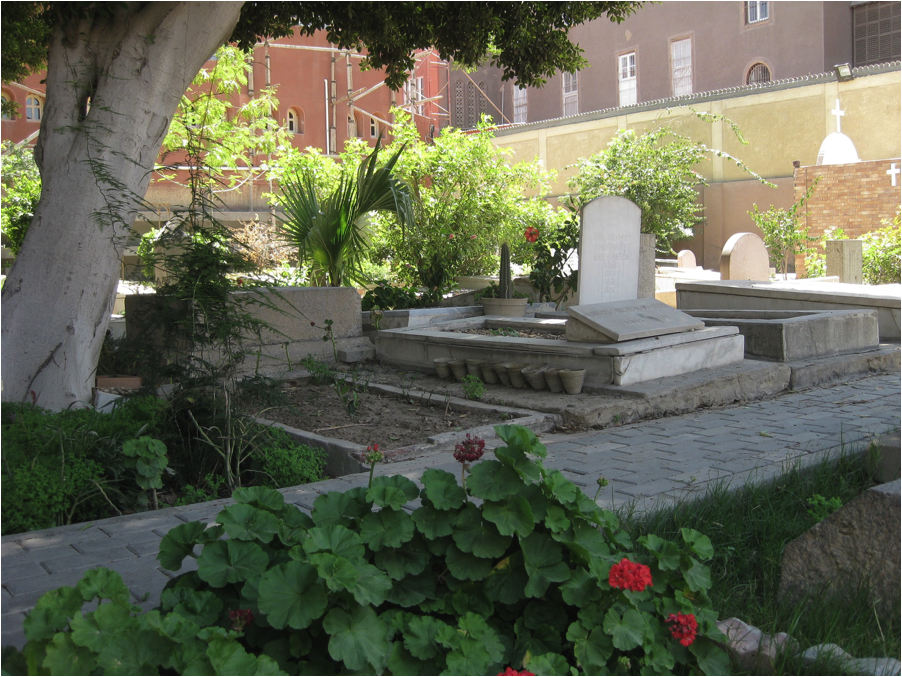
Cairo — Nestled among several other cemeteries in Old Cairo, sits the only American Cemetery in Egypt's ancient capital. The plots were neglected for years, overgrown and at risk of falling apart, until a small group of "friends" set to work to save it.
The Reverend Andrew Watson, an American missionary, asked Egypt's ruler in 1874 for a piece of desert land in Old Cairo for an American cemetery, where the dead of any nationality and any religion could be interred. His request was approved the following year, and he described the cemetery in his book, The American Mission in Egypt, published in 1904.
"Trees have been planted which give grateful shade from the burning sun, and some other improvements have also been made to make the place appear less desolate looking," wrote Watson. He was buried there himself in 1916.

There are still trees, and the sun still bakes the ground under them, but in recent years the place had started looking rather desolate.
In the late 1960s, when American missionaries and many other foreigners were forced out of Egypt due to domestic political changes, the cemetery was turned over to the Evangelical Church of Egypt, which remains responsible for maintaining it today.
But upkeep has been lacking. The cemetery fell into such disrepair that the U.S. Embassy in Cairo started advising American citizens to bury their loved ones in the nearby British cemetery.
Like the German and Swiss cemeteries, which are also nearby, the British site is extremely tidy. A caretaker there ushered CBS News to "the Americans" at the site. Some of the headstones were as recent as this year. The caretaker explained proudly that the Americans chose his cemetery because their own, "is no good, and too small."
The cemetery finds some friends
In 2011, retired missionary teacher Jean Isteero went to visit the grave of a friend who had died that year in Cairo. The state of the cemetery upset her, so she decided to do something about it.
"I contacted some of the families and started raising some funds to get it cleaned and renovated," she told CBS News. She started a small group called the "Friends of the American Cemetery."
Jean left Egypt for good earlier this year after spending most of the past six decades in the country. But she's kept her work up from her new home in Baltimore.
"I am very persistent," she said. "I believe that individuals who devoted so many years of their lives for the good of the church and country should be buried in a lovely, peaceful setting which their relatives will be proud to visit."
Jean acknowledged that "some people are not interested in cemeteries," but she found at least one other soul who shares her passion.
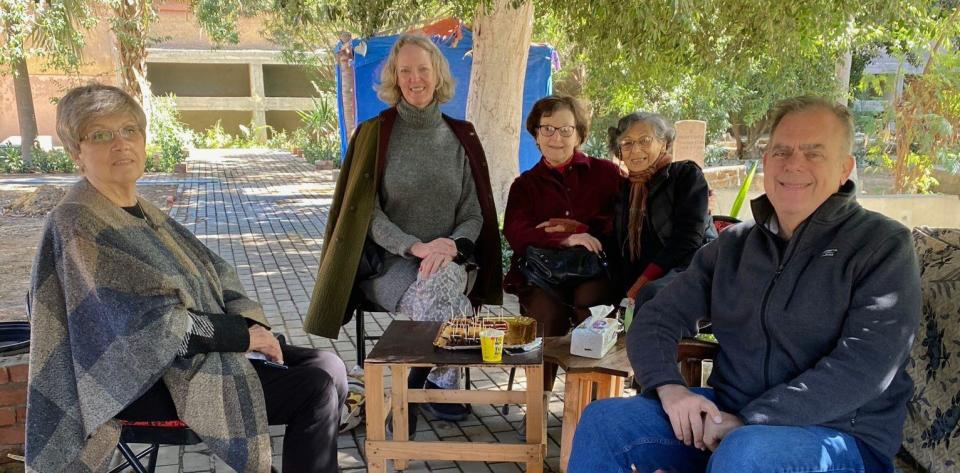
"The cemetery and the stories of the people buried there are a reflection of the involvement of Americans in Egypt over the past 150 years," said Greg Olson, a retired international development specialist.
Mapping the past
Originally from Wisconsin, Olson has lived in Egypt for most of the last 45 years. He was recruited by Jean, who first asked him for help with translations, and then to look up some information on the people buried at the American Cemetery. He quickly became a devoted member of the "friends" group.
Olson has been working to build a digital map of the cemetery, which he hopes will eventually enable anyone to easily search for a name, locate the person's burial plot and learn about them. He's photographed every single headstone, and started tracking down everything he can on the people beneath them.
So far he's managed to compile short biographies on about half of the people buried there.
"I found a map of the cemetery made in 1925, and it shows who's buried where, but I didn't know anything about the ones after that," said Olson. "Then I found a list of all the people buried there through 1965, and now I am adding to that list."
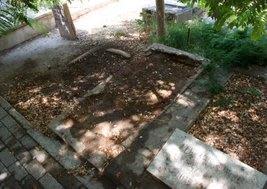
There are still about ten graves whose inhabitants remain a complete mystery, but Olson is determined to finish his map. Already his work has granted him a unique glimpse at some of the ancient city's more recent past.
Pieces in a puzzle
He noticed, for instance, that there are five Norwegians buried in the cemetery with the same date of death in 1959. That presented an alluring mystery, so Olson started digging.
"I searched the newspapers around that date. Didn't find anything. I contacted the Norwegian Embassy, they didn't know. I asked the oldest Norwegian in Egypt, she had no idea. I contacted a friend in Oslo, he had access to the archive of a leading daily newspaper, and he found the story," Olson recounted. "They were seamen waiting in a convoy to go through the Suez Canal and they bought, illegally, some homemade alcohol from the locals, and were poisoned."

Mystery solved, and as an unexpected bonus, a genealogy website showed Olson that he had a familial link with one of the sailors, and he managed to get in touch with the man's niece to share the news.
Behind every name on a gravestone at the cemetery, there's a story about how the person ended up there, far from home. As he led CBS News past the graves, Olson's passion for uncovering those stories was clear to see.
"For a long time, that guy was a mystery to me," Olson said, indicating a grave. "It turned out he was using a pseudonym. He was an anti-Vietnam war activist."
"This is Susie, she was a young girl who climbed the pyramids with some Marine soldiers and fell off and died on a Thursday evening in 1980," he said in front of another grave. "I remember the news, I was in Cairo. Her family came to visit recently."
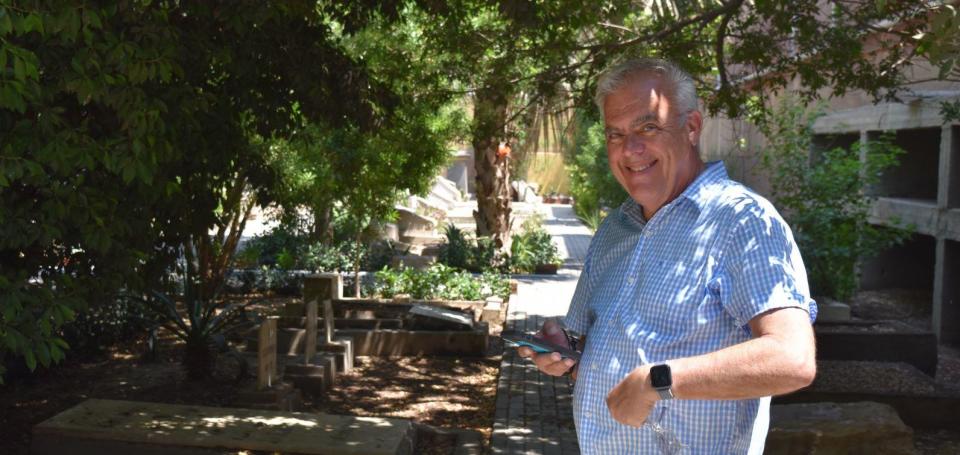
He points at another: "See the snakes on the grave? He was a herpetologist."
"She was a nurse who helped saving a lot of Armenian orphans from the genocide."
"This is George Reisner, a very famous archaeologist, anybody who's an Egyptologist, they want to see his grave," said Olson.
To Olson, the individual graves are like puzzle pieces, and he wants to put them all together. One headstone tells the story of one person, notes Olson, but all the headstones together will give a history of Americans in Egypt.
New "friends" needed
Isteero and Olson are hopeful that the U.S. Embassy and the American University in Cairo (AUC) will pitch in to help maintain, and even improve the cemetery going forward.
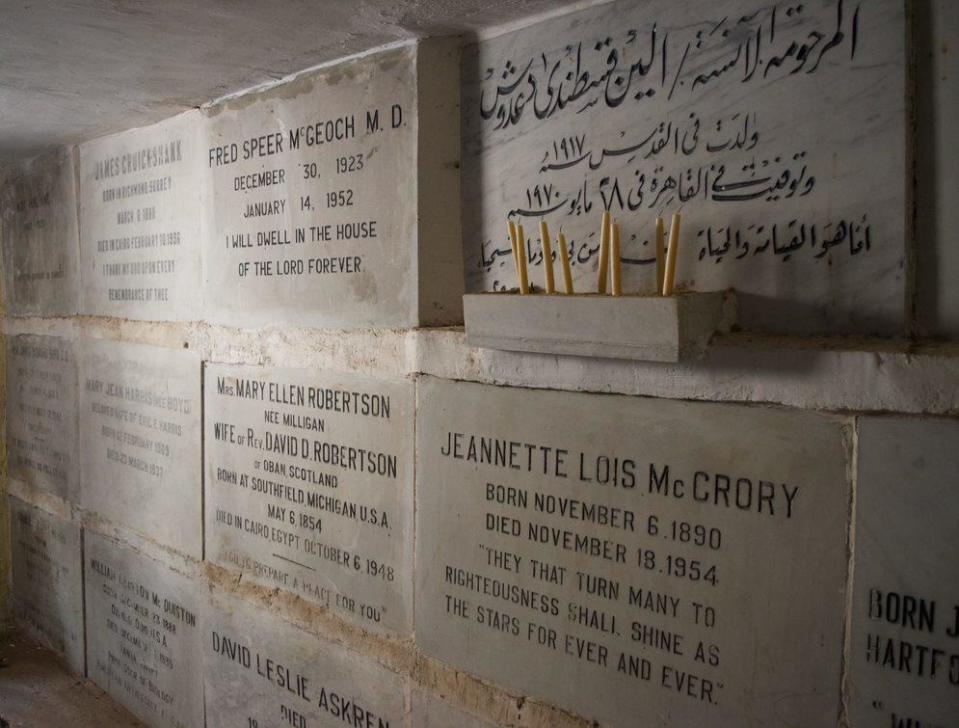
Olson has given both the former U.S. Ambassador to Egypt and the president of the AUC personal tours of the site, hoping to get them involved. He's worried that without some outside support, the efforts of the six-member friends group won't be sustainable.
So far, the cemetery hasn't won commitments from any new friends.
In his book more than a century ago, the Reverend Watson quoted an Egyptian saying: "To honor the dead, bury them."
Olson doesn't buy into the finality of that, however.
"To honor the dead, tell their stories, and keep their memories alive," he told CBS News.
NFL Week 4: Doctor who cleared Tua Tagovailoa fired, Chiefs get revenge in Super Bowl rematch
7 Americans freed in Venezuela prisoner swap
Ukraine retakes key logistics city and pushes Russian forces back

